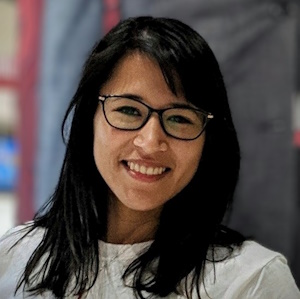Natural algal communities can inhibit aquaculture pathogens

Gaby Clark
scientific editor

Robert Egan
associate editor

A new study by Danish researchers has demonstrated that it is possible to develop a consortium of bacteria that can inhibit bacterial pathogens in aquaculture. This could potentially reduce the use of antibiotics in aquaculture and possibly other applications. The study was published in .
In the new study, researchers set out to find and develop non-antibiotic biological disease control and prevention options for aquaculture. Aquaculture is the fastest growing food-protein producing sector in the world and the carbon footprint is lower than that of many animal husbandry sectors.
Aquaculture, like other intensive productions, is challenged by infectious disease outbreaks. Most commonly, these are caused by bacterial agents and can, to some extent, be treated with antibiotics. However, the alarming rise and spread of antibiotic-resistant bacteria calls for alternative treatments.
While vaccines can be an excellent strategy, these do not work on fish larvae that have no developed immune system. Using beneficial bacteria or probiotics to combat pathogens is a strategy becoming widespread in both animal rearing and horticulture.
The researchers developed an in vitro assay to evaluate the anti-pathogen efficacy of mixed algal microbiomes from the live-feed microalgae Tetraselmis suecica and Isochrysis galbana. The scientists wanted to find combinations of beneficial bacteria, since they believe that the anti-pathogen effect is likely stronger in a combination.

"To test if the pathogen could be inhibited by a mixture of other bacteria, we needed a measure of the growth (and growth inhibition of the pathogen), so we tagged the fish pathogen with a green fluorescent protein. By measuring this—and the reduction in fluorescence—we could identify bacterial communities that inhibited the pathogen," said corresponding study author Lone Gram, Ph.D., professor in the Department of Biotechnology and Biomedicine, Technical University of Denmark.
The researchers found that mixtures of bacteria could inhibit Vibrio anguillarum, a fish pathogen, and subsequently isolated pure cultures of bacteria. They found that some of these bacteria only inhibited the fish pathogen when combined, not alone, demonstrating that some bacteria were stronger together.
"We have shown that it is possible in microbiomes (in our case, the microbiome of algae used as live feed in aquaculture) to find mixtures of bacteria that can inhibit the pathogen," Gram said, "thus paving the way for engineering microbiomes that can inhibit bacterial pathogens and reduce the need for use of antibiotics. We can then reduce the spread of antibiotic-resistant bacteria."
More information: Dóra Smahajcsik et al, Stronger together: harnessing natural algal communities as potential probiotics for inhibition of aquaculture pathogens, Microbiology Spectrum (2025).
Provided by American Society for Microbiology


















